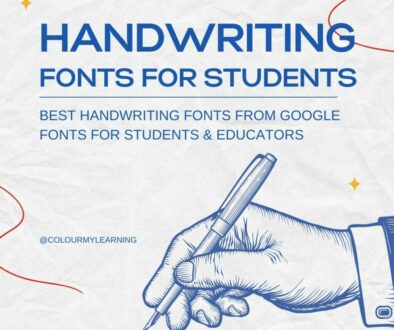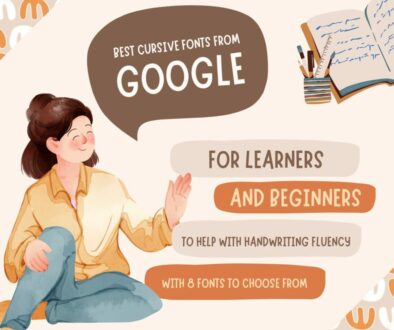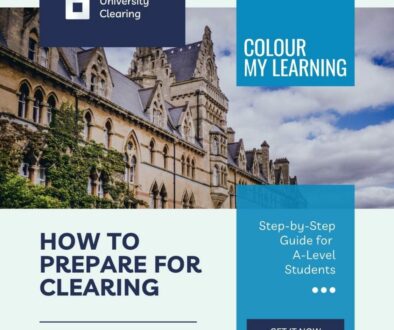Where the Learning Revolution Takes Place – Facilitating Knowledge
So much has been said about embedding technology in to education, about how technology will revolutionise teaching. The truth is technology on its own does little.

In essence, technology cannot and should not supplant old process for new, simply by replacing the ‘method’ in which something is done.
For example, where traditionally it used to be that teachers explained a concept to a class, for e.g. dynamics in Physics. A poor example of technology use would be typically to create a Powerpoint, that the presents the facts and possibly one or two examples within a lesson.
For technology to be used effectively, we find that a great shift in mentality needs to occur (Reorientation) in which educators realise and understand that information and knowledge is out there and what we need to do is to teach the skills to accessing this knowledge (the optimum search terms) and the analytical ability to weigh up the pros and cons of the information (Wikipedia is NOT always the best source).
We as educators, also need to trust that we while will not be able to ‘know’ everything, what we do have, compared to the students we teach, is a wealth of experience and life learning. This means that we have the greater ability to measure and weigh-up information, even if we do not directly ‘know’ the information.
To Learn by Finding Knowledge and Seeking Examples
So back to that Physics example, perhaps the students could be asked to find out (Google) ‘what is dynamics, physics’ and then with the definitions, to internalise that explanation. This perhaps could be followed by the next step of which they need to seek out and share (possibly even debate and discuss) examples of Dynamics in action (a search on YouTube, maybe).
Learn by Teaching and Sharing
By the time they have carried out both activities, the students would be in a much better position to actually explain their own understanding of Dynamics. (Here at this point, it would be important for the educator to correct any misconceptions) This knowledge could potentially then be concretised by having students create presentations, posters, videos or audios on their understanding of Dynamics before finally moving on to actual calculation-based Dynamics questions.
Teaching this way with the application of Technology, for learning (rather than teaching) allows our students to take a little bit more responsibility for their learning, to have them realise that they can be independent learners (albeit guided ones).
Constantly Evolving
The final bit of the puzzle to all this is that we constantly need to evolve both in our understanding of technology applications and the whole new world that it offers for our education systems.
Have you managed to make that transition to Facilitating Knowledge? What are your thoughts on Teaching with Technology? Do share your experience with us.
To make sure you continue to receive interesting exciting articles at the forefront of learning with technology, remember subscribe to our updates and follow @ColorMyLearning.
Author: Li-ling, tweets as DrOoi and is passionate about all things learning.
You will benefit from a newsletter updates straight to your mailbox from ColourMyLearning on the use of Technology for Teaching and Learning.
Don’t forget to rate this article











November 26, 2012 @ 8:57 am
Interesting application of technology in teaching Physics, a study of the world around through concepts, theories & such would be most helpful for students who are mostly visual in their learning styles as well as those who find it a challenge to receive verbal input.
Technology can be taken further in helping students to understand how certain complex concepts work via an interactive graphical engine (like what drives a typical video game).
Rather than teach, sometimes all it takes is just to show it to them.
November 27, 2012 @ 9:31 am
Yes, it’s all about realising that the knowledge is already ‘out there’ and we just need to teach the students how to access it all.
November 28, 2012 @ 11:26 am
I agree with you. Having experienced some extremely boring physics lessons in the days before computers were a feature in the classroom, I love the possibilities that are open to teachers these days! But the teachers need time and support to be this creative – to make the shift from ‘Powerpoint teaching’ – and I suspect many aren’t getting enough of this.
November 29, 2012 @ 2:41 pm
What you say is completely true Helen. It is a huge leap from the ‘traditional’ methods of teaching, even more so to move ‘Beyond Powerpoint’ and it takes a brave experimenter to try to teach differently.
In the schools that succeed in embracing technology, teachers are given additional time to rethink their approach to teaching and there usually is a lot of ‘sharing’ of practise going on. Sadly though, a lot of schools are very much focussed on reaching achievement targets and are often unwilling to ‘experiment’, even if it means better outcomes.
November 29, 2012 @ 11:15 pm
When are people going to realise that good teaching should not be about which is the best system but about what is best for the individual child?
Oh, I forgot, it’s hare to measure achievement this way and make money.
But seriously every child is different. For example with physics, some children can learn from additional visual resources and some would need more tactile approach.
The real revolution in learning will be when the curriculum is designed with the individual in mind. Not every child needs to learn when the Battle of Hastings was.
November 30, 2012 @ 12:27 pm
You forgot – and be politically re-elected! 🙂
Thank you again for sharing your thoughts. We do think that with the access to technology, there is so much that can be achieved in so many non-traditional ways that will hopefully appeal to the individual a bit more than the current curriculum prescribes.
Bring Your Own Device (BYOD) in Schools - Considerations | Colour My Learning
December 11, 2012 @ 9:46 am
[…] easy to switch on and use a device in class but to teach with technology requires a different pedagogical approach (See also The Adoption Model for Technology). Teachers need to be introduced to the use of […]